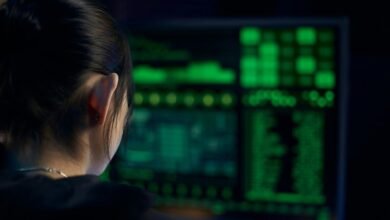Photoscompangante: O Papel das Imagens em Processos Judiciais

The integration of images in judicial processes serves as a pivotal element in shaping juror understanding and decision-making. Visual evidence can clarify complex legal concepts, bridging the gap between abstract law and tangible reality. However, the ethical implications of such imagery warrant careful scrutiny. Misrepresentation or emotional manipulation could compromise the integrity of the judicial system. This raises important questions about the balance between emotional resonance and factual accuracy in legal settings.
The Power of Visual Evidence in the Courtroom
Visual evidence wields significant influence in the courtroom, often serving as a pivotal element in judicial proceedings.
Its effectiveness lies in visual storytelling, which conveys complex information succinctly, enhancing comprehension.
The courtroom impact of such evidence can sway juror opinions, bridging gaps between abstract legal concepts and tangible realities.
This fusion of visuals and narrative fundamentally reshapes the understanding of cases presented before the court.
Influencing Juror Perceptions Through Imagery
Imagery plays a crucial role in shaping juror perceptions during trials.
Visual storytelling can significantly influence juror bias, often swaying decisions through emotional resonance.
By strategically employing images, attorneys can frame narratives that resonate with jurors, enhancing understanding and empathy.
This manipulation of perception underscores the powerful impact of visual evidence in judicial processes, emphasizing the need for careful consideration in its presentation.
Ethical Considerations in Presenting Photographic Evidence
The ethical considerations surrounding the presentation of photographic evidence in judicial settings are paramount to ensuring a fair trial.
Legal professionals face ethical dilemmas regarding the potential manipulation of images and the necessity for authenticity verification.
Upholding the integrity of photographic evidence is critical, as inaccuracies can mislead jurors and compromise justice, ultimately undermining the principle of a fair and transparent legal process.
Conclusion
In conclusion, the integration of visual evidence in judicial processes significantly enhances juror comprehension and engagement. However, the potential for imagery to manipulate perceptions necessitates a careful ethical framework. The balance between emotional resonance and factual integrity is crucial in maintaining the judicial system's credibility. By scrutinizing the influence of images, one can appreciate their dual role as informative tools and persuasive elements, underscoring the importance of ethical presentation in upholding justice.





